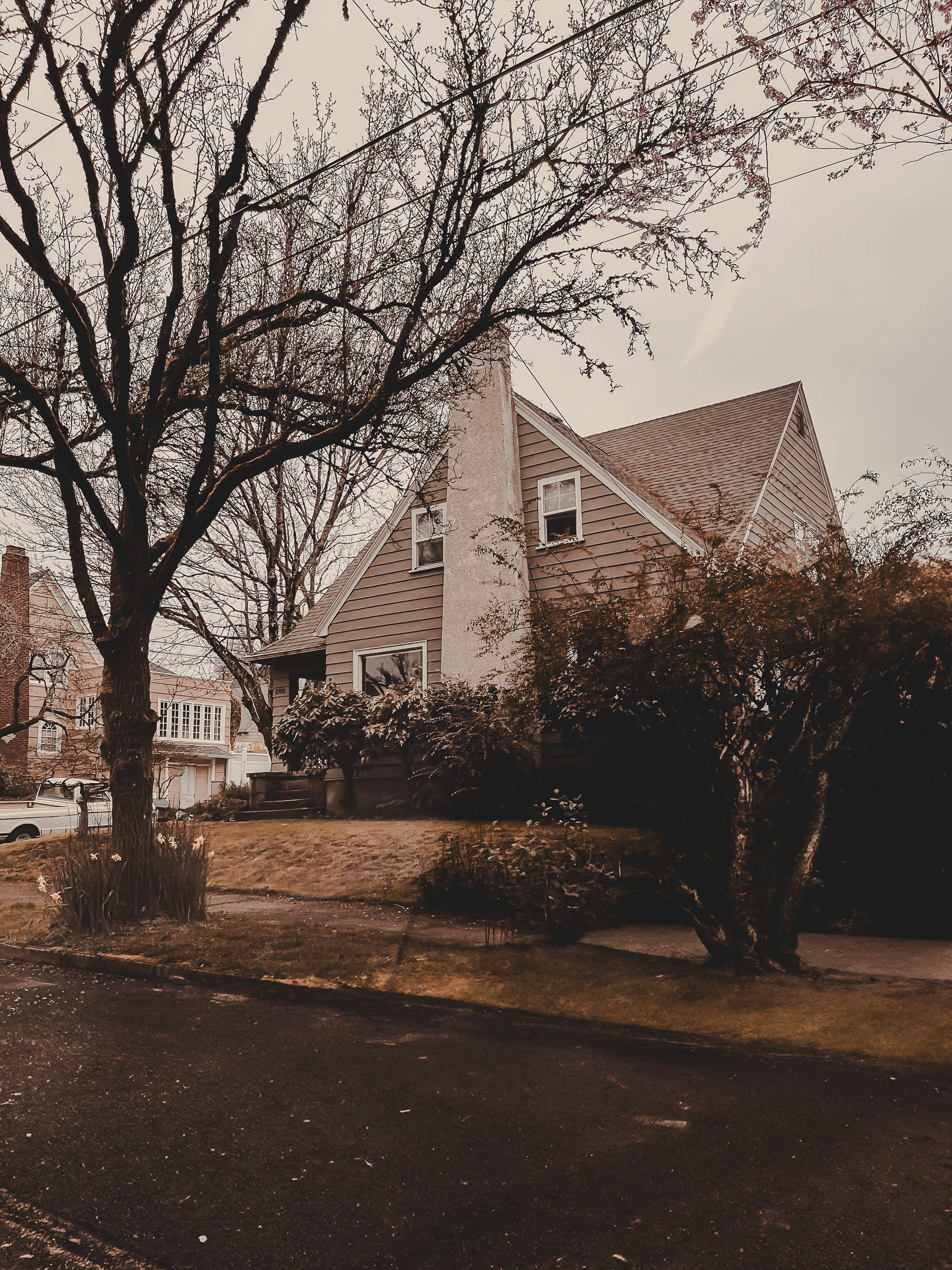Design for the Nervous System: Why Atmosphere Matters


When you stand at the threshold between your world and the outside—the front door closing behind you, the familiar scent of home in the air—something inside you exhales.
It’s subtle, but physical. A soft drop of the shoulders. A deep, instinctive sigh.
That’s your nervous system responding.
A home is not just visual—it’s experienced through the body. Through sound, light, texture, temperature.
And when designed with care, it becomes more than shelter.
It becomes a regulator, a refuge, a restorative place that meets you exactly where you are.
Why the Nervous System Matters in Design
For years, my work has straddled the space between healing and the home.
I’ve studied herbalism with the Herbal Academy, Aromahead, and Rosemary Gladstar.
I’ve navigated health challenges—my own and my children’s—particularly nervous system dysregulation tied to histamine intolerance.
These experiences taught me something deeply embodied:
Environment matters.
We respond to our spaces instinctively.
- Harsh lighting can keep us wired.
- Clutter can make us feel scattered.
- Disjointed layouts can interrupt our rhythm and rest.
When Design Overwhelms the Body
Many spaces look beautiful—but feel chaotic.
They may be over-stimulating: loud colors, synthetic surfaces, jarring transitions.
Or under-stimulating: cold, sterile, devoid of warmth or soul.
Both extremes can leave us dysregulated, anxious, or numb.
In homes like this, we tend to disconnect from ourselves.
Our nervous systems never quite settle.
What Nervous System-Aware Design Looks Like
This isn’t about aesthetics alone—it’s about how a space feels.
Nervous system-regulating design is built on:
- Softness — through fabrics, voices, and materials
- Natural elements — like stone, linen, wood, and clay
- Gentle movement — drapes in a breeze, light filtering through branches
- Intentional rhythm — space to pause, rest, and reconnect
It’s not minimalism.
It’s presence. Purposeful placement.
A kind of held spaciousness.
How I Design With the Nervous System in Mind
I begin with the senses.
Is the light harsh or golden?
Can you hear yourself think?
Is there warmth underfoot, texture under hand?
Imagine sitting in your favorite chair. What do you see?
Is it a cluttered kitchen that reminds you of everything left undone?
Or a simple view—maybe a garden, a favorite tree, or a shaft of light dancing on the floor?
Are your needs met in that moment?
Is there a pillow for support? A soft throw? A place to set your tea or your thoughts?
Is there space to exhale?
These are the questions I ask—not just for beauty, but for biology.
Conclusion: More Than a Moodboard
Design isn’t just how a room looks—it’s how it lets you live.
It should support your energy, your creativity, your healing.
It should ground you when you’re scattered, and soften you when you’re tense.
This is the heart of nervous system-aware design.
And it’s the heart of every space I create.
Subscribe to our newsletter
Lorem ipsum dolor sit amet, consectetur adipiscing elit. Suspendisse varius enim in eros elementum tristique.

